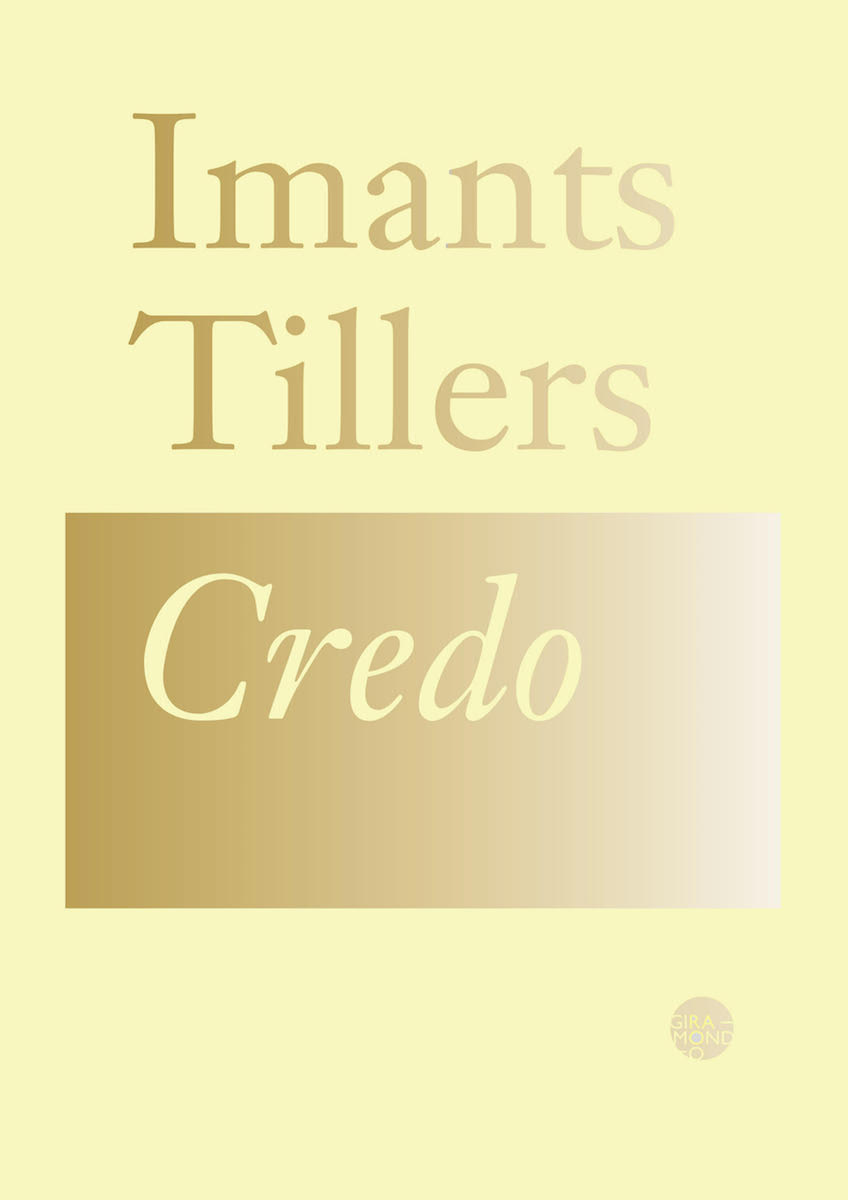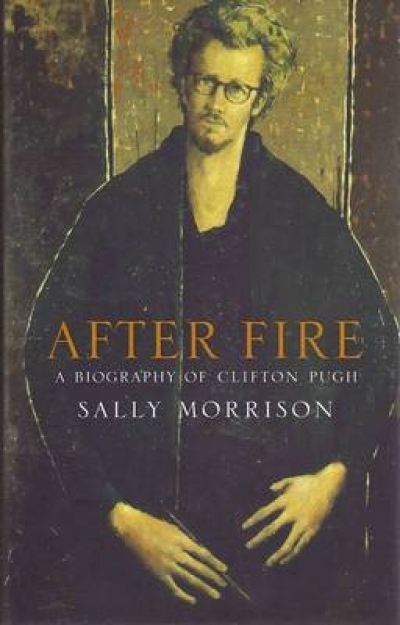Art
Juan Davila with Guy Brett and Roger Benjamin by Juan Davila
Juan Davila is a major figure in contemporary Australian art. His fluent appropriations of other artists’ styles and motifs (all neatly numbered and labelled), combined with an assertive iconography of sexual desire and transgression (all bare thighs and thrusting tongues and mutant genitalia), made him one of the most interesting painters of his generation – the postmodern, theoretical, Art and Text push of the 1980s. He has represented his country in northern hemisphere exhibitions from Paris to Banff, and has maintained strong connections across his native Latin America. The New South Wales Vice Squad’s infamous impounding of Stupid as a painter in 1982 cemented the artist’s ‘bad boy’ reputation with the general public, as well as within the art industry, while his painting of a semi-nude, hermaphrodite Simón Bolivar giving the finger actually created a full-scale diplomatic incident involving Chile, Venezuela, Colombia and Ecuador. Davila’s regular output of polemical essays, his gloriously rude lampoons of political leaders and his more recent, sober protests against refugee detention have ensured his work has a place in public discourse. A comprehensive survey is long overdue.
... (read more)John Glover: Patterdale Farm and the revelation of the Australian landscape by Ron Radford
If you think you know about John Glover (1767–1849) and his achievements, then think again. Read this publication and you will discover fresh and compelling information about Glover, his life in Australia, and his house and garden.
... (read more)The Sitter by Angela O'Keeffe & Vincent & Sien by Silvia Kwon
The relationship between artists and their sitters has long been a topic of fascination and enquiry – not least for artists themselves. The study of portraiture is often informed by investigations of this relationship as well as that with a third party: the viewer.
... (read more)In the early sixteenth century, the Italian Renaissance poet and philosopher Giulio Camillo conceived an imaginary structure for universal knowledge named The Theatre of Memory; essentially a classical amphitheatre that inverted the position of spectator and stage, turning the auditorium into a tiered structure that fanned into rows of encyclopedic knowledge. Imants Tillers makes no mention of Camillo’s theatre in his anthology of essays, Credo, but the structure could be a parallel schema for his own expansive project The Book of Power – an ongoing inventory of all the canvas board panels Tillers has painted since 1981, which totalled 102,663 by 2018.
... (read more)The Mirror and the Palette: Rebellion, revolution and resilience: 500 years of women’s self-portraits by Jennifer Higgie
I dare say Christine de Pizan (1364–c.1430) would be surprised by her current celebrity: six centuries is a long wait. Now the name of this foundational European feminist writer, working in fifteenth century Paris, seems to crop up everywhere. She was invoked in Zanny Begg’s 2017 video The City of Ladies, which is touring Australian galleries until early 2024, and now on the first page of Jennifer Higgie’s rollicking The Mirror and the Palette. In her medieval bestseller The Book of the City of Ladies (1405), de Pizan wrote: ‘Anyone who wanted could cite plentiful examples of exceptional women in the world today: it’s simply a matter of looking for them.’
... (read more)History of Modern Design has developed from a course of the same name at Drexel University in Philadelphia. In keeping with its didactic origin, the subject is presented in chronological order, illustrated with more than 500 images, 125 of which are reproduced in colour. The book is ambitiously broad in its coverage, commencing with the seventeenth century and ending in the twenty-first, focusing on design from Europe and North America, and ranging through furniture, interiors, metalwork, ceramics, graphic design, typography, and product design. A good two-thirds of the book is devoted to the twentieth century, which is presented in context from the preceding historical surveys. While the focus is on design for mass production and industrial processes, the crafts are not entirely neglected. An extensive bibliography on design, coupled with helpful reading lists, will prove popular in this useful introduction to the complex and wide-ranging subject of design. (CM)
... (read more)Think of John Brack, or Fred Williams, and without effort or prompting a painting will come to mind. These names conjure up Brack’s urban figures with their blank yet expressive faces, or Williams’ minimalist landscapes. Instantly recognisable, they could have been painted by no one else. Yet their makers have never been celebrities. Brack’s Collins St, 5p.m. is more widely known than Brack the painter. Fred Williams always seemed too absorbed in his work to turn his face to the public. A portly figure in a suit, he was no one’s image of an artist. Arthur Boyd, so one of his friends wryly remarked, ‘sometimes backed shyly into the limelight’, but he was happiest away from the public gaze. Although the popular acclaim of the Ned Kelly paintings might well have obscured their creator, Sidney Nolan was tough and confident enough to emerge into a blaze of publicity (expertly kindled by John and Sunday Reed) and to withdraw when he pleased.
... (read more)The Boy Adeodatus: The portrait of a lucky young bastard by Bernard Smith
In the penultimate chapter, Bernard Smith describes a meeting of the Sydney Teachers College Art Club, an institution he founded and later transformed into the leftist NSW Teachers Federation Art Society. The group was addressed in 1938 by Julian Ashton, then aged eighty-seven and very much the grand old man of Sydney painting and art education. He spoke at great length on the inadequacy of the NSW Education Department’s art teaching practices. Smith adds that Ashton also ‘told his life story (as old men will)’.
... (read more)Here is a production that most poets would die for. Peter Steele’s new book is a spectacular hybrid beast, a Dantesque griffin in glorious array: it is a new volume of poetry and an art book, with superb reproductions of works of art spanning several centuries, from collections all over the world. Paintings most of them, but also statues, sculptures, objets d’art, a toilet service, the figured neck of a hurdy-gurdy, a hoard of Viking silver and a diminutive six-seater bicycle. And the reason for this pairing is that these are all ekphrastic poems, ‘poetry which describes or evokes works of art’, as Patrick McCaughey glosses it in his introduction. How Steele brought off such an ambitious venture I can’t imagine.
... (read more)Peter Booth: Human/Nature by Jason Smith (with contributions from John Embling and Robert Lindsay)
Last summer, Peter Booth became the first living artist to have a full-scale retrospective exhibition at the National Gallery of Victoria’s Ian Potter Centre at Federation Square. With eighty-one paintings and 150 drawings, it ranked as one of the largest surveys ever accorded a contemporary painter. It was a bold move on the gallery’s part and made a claim for Booth’s pre-eminence within his generation. Surprisingly, there were no interstate takers for the show.
... (read more)









